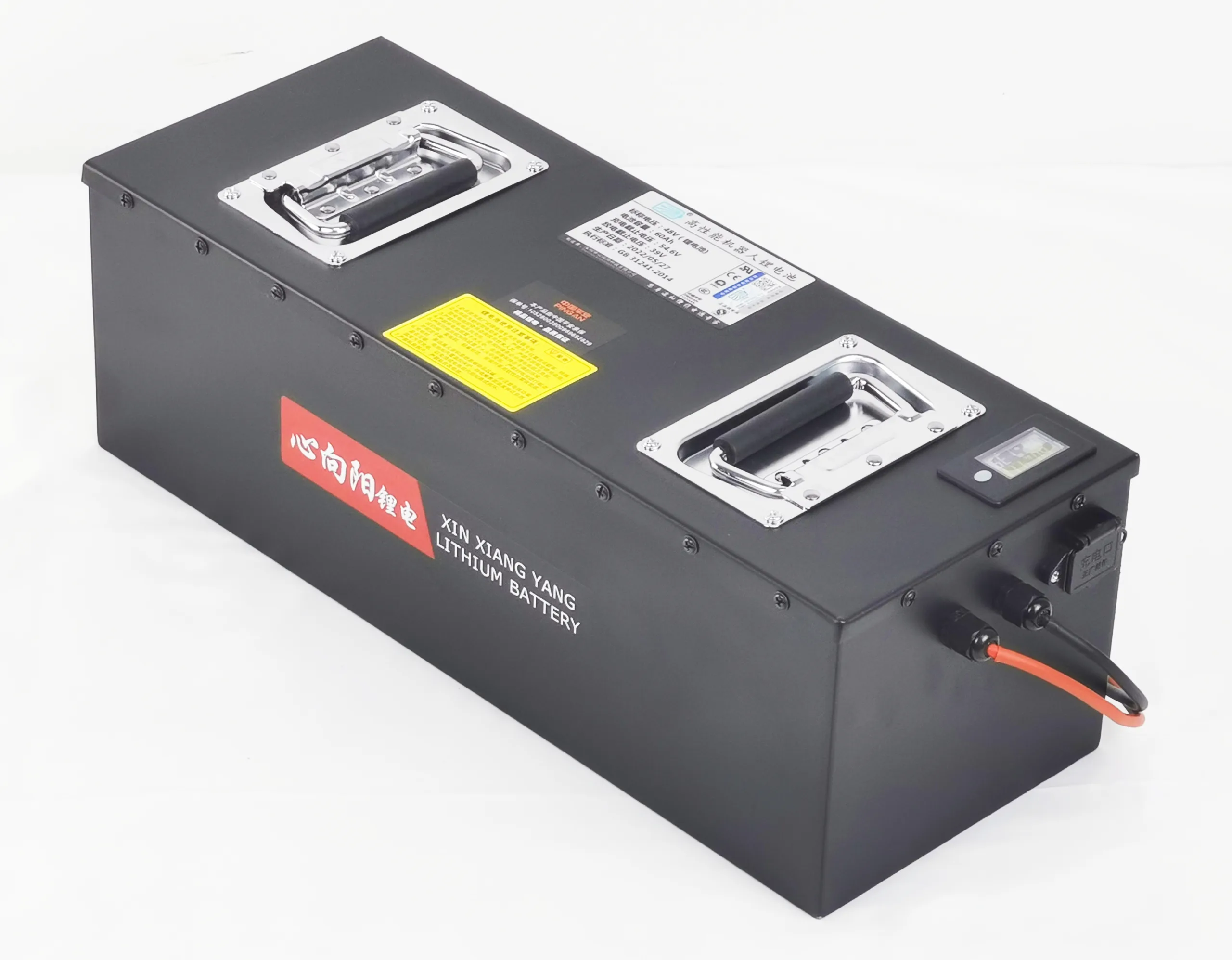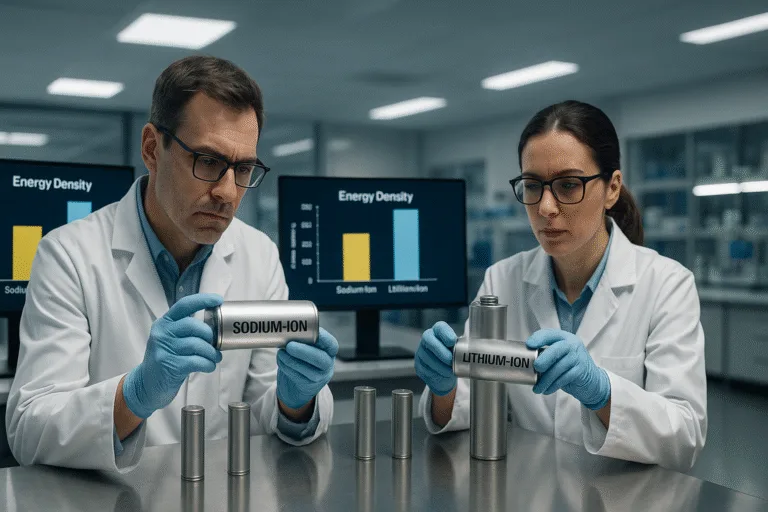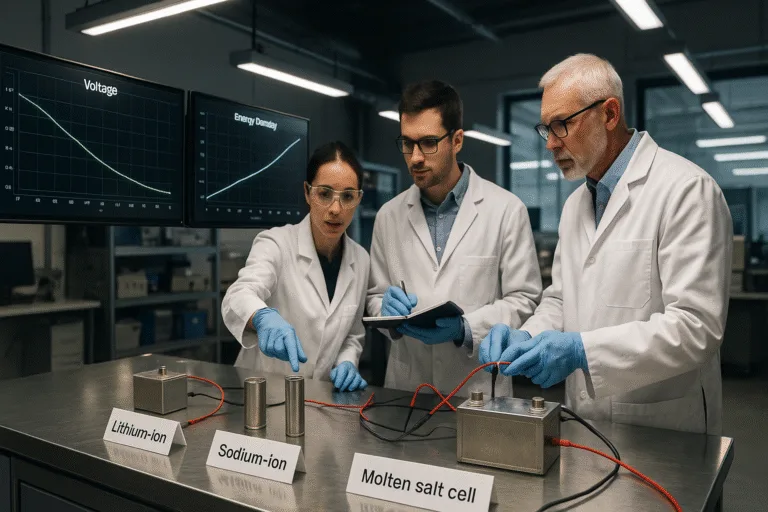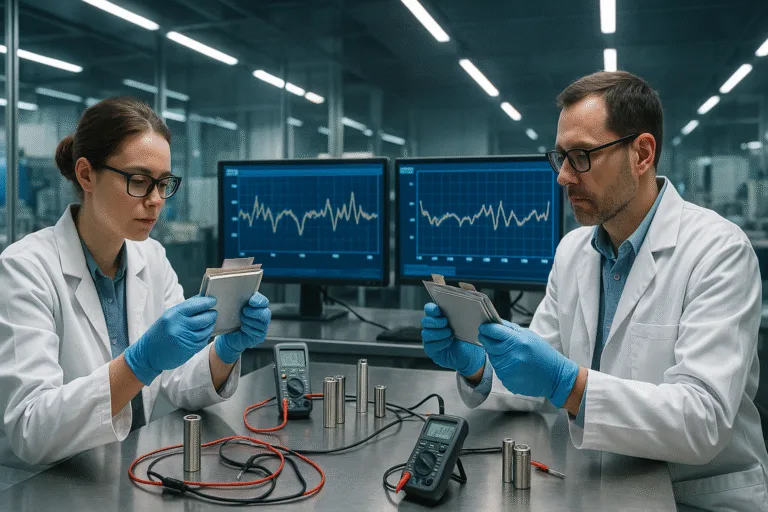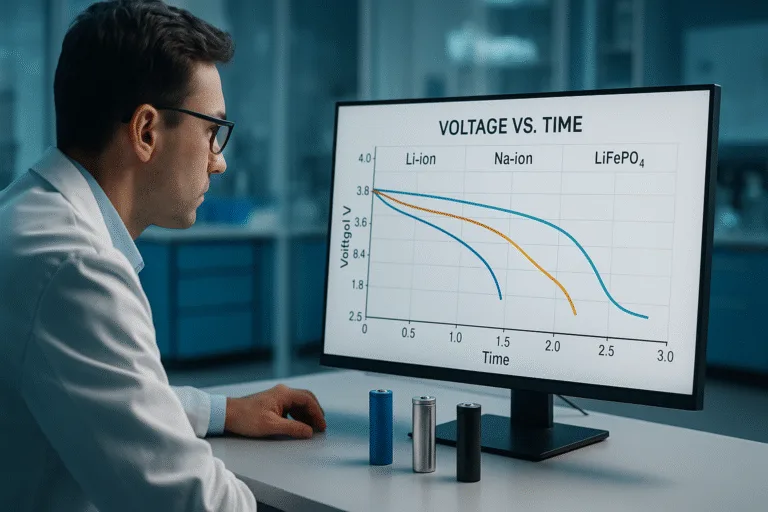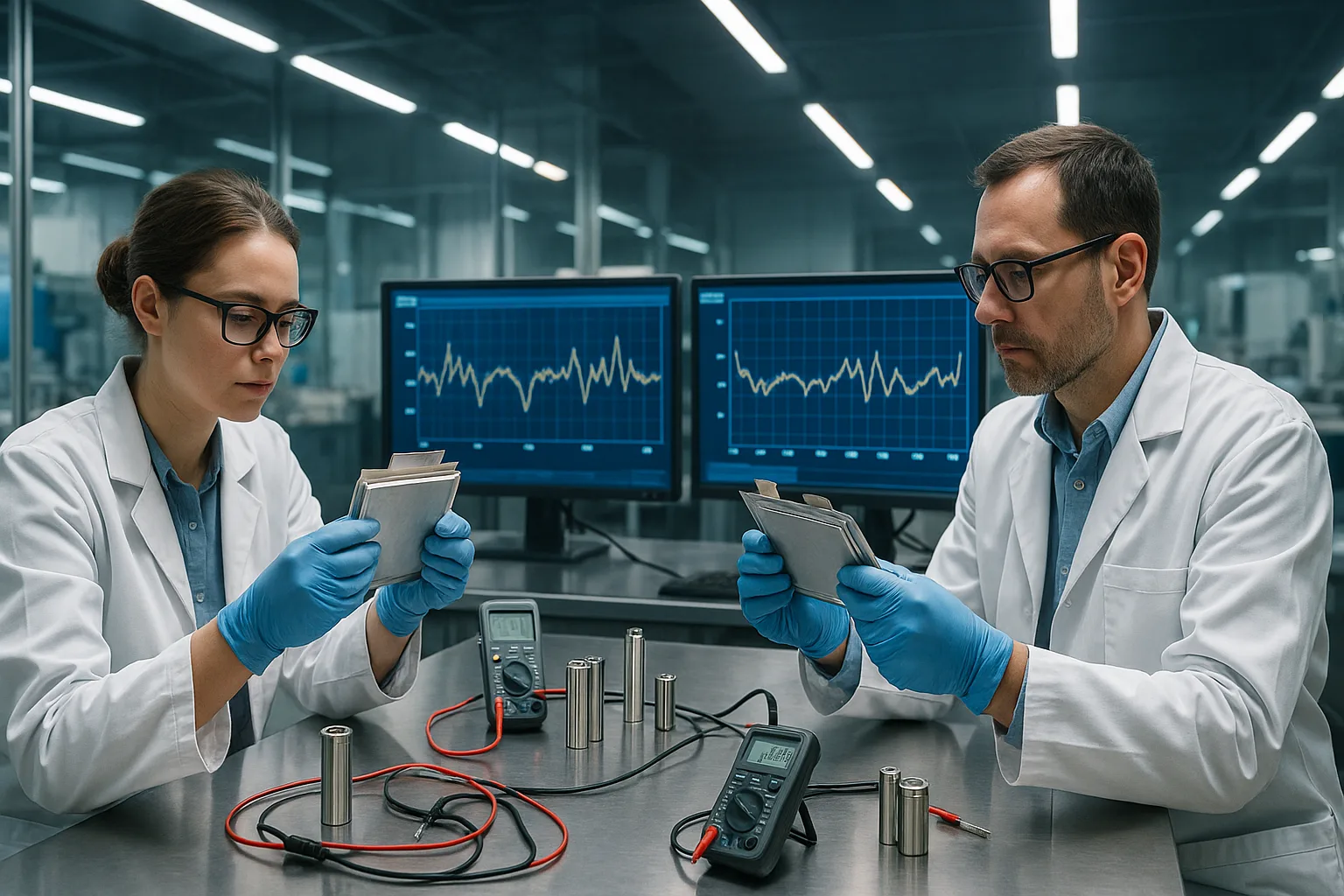
The battery market is booming, but the heavy reliance on lithium-ion technology creates challenges. Concerns about cost fluctuations, supply chain stability, and the environmental impact of materials like lithium and cobalt are growing. Sticking only to lithium-ion might mean missing out on potentially cheaper, safer, and more sustainable energy solutions.
The battery industry is rapidly diversifying. Sodium-ion batteries, led by companies like CATL with their Naxtra line, are entering mass production and offer compelling cost and safety benefits. Other technologies like iron salt batteries are also being explored for niche applications.
As a custom battery pack manufacturer, we are closely watching these trends. The demand for alternatives is accelerating, especially in stationary storage and cost-sensitive vehicle markets. Sodium-ion, in particular, has moved from the lab to the factory floor much faster than many predicted.
What is the latest news on CATL’s sodium-ion batteries?
CATL, the world’s largest battery maker, is making significant strides in commercializing sodium-ion technology. Their progress is a key indicator of the technology’s readiness.
CATL is mass-producing its first-generation "Naxtra" sodium-ion battery (175 Wh/kg) and plans to launch its second generation, aiming for over 200 Wh/kg, in 2026. They have also passed stringent new safety certifications in China.
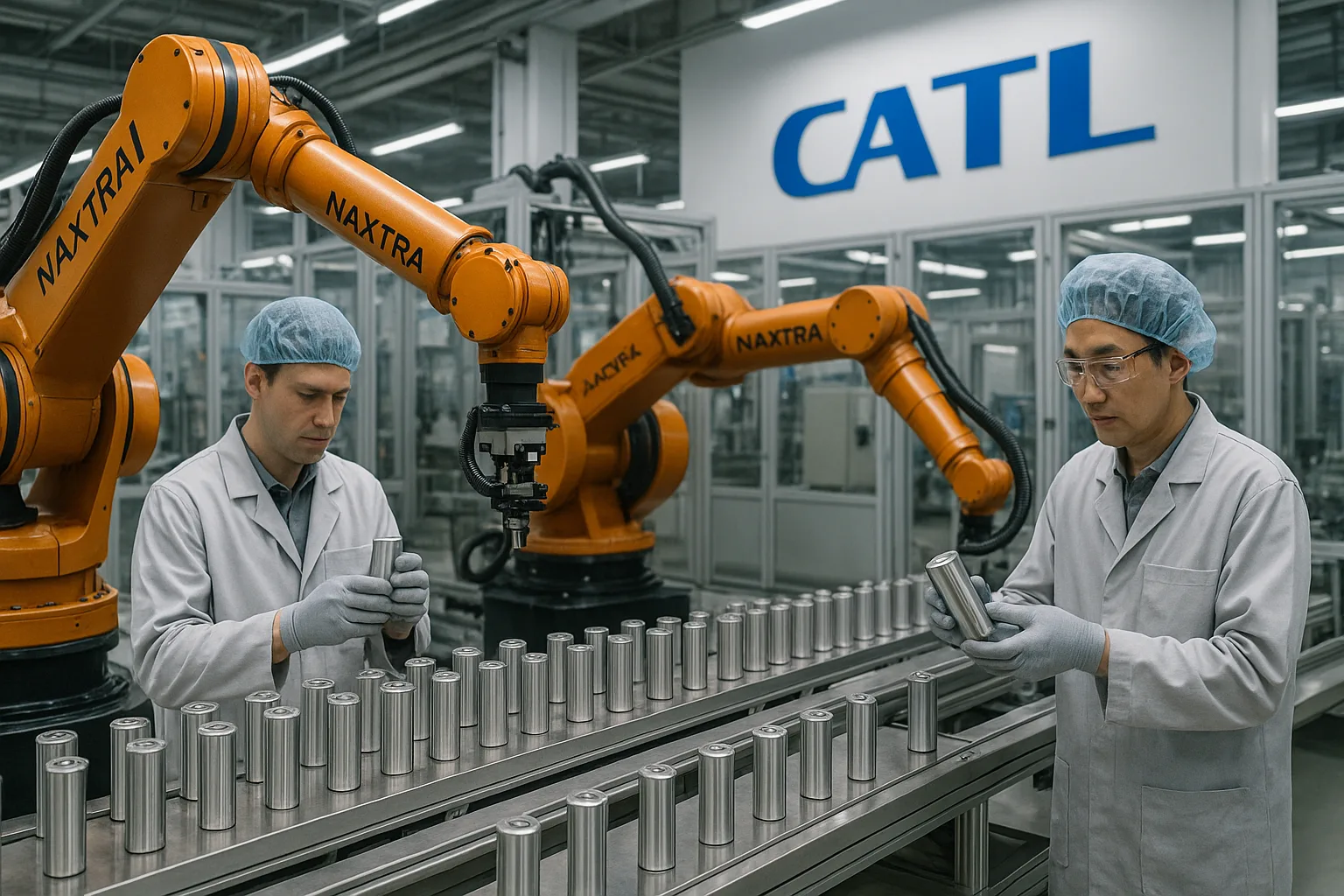
Naxtra Production and Performance
CATL’s commitment to sodium-ion is clear:
- Current Generation (Naxtra1): Now in production, featuring 175 Wh/kg energy density2, an impressive >10,000 cycle life3, and excellent performance from -40°C to +70°C. It recently became the first sodium-ion battery to pass China’s tough new GB 38031-2025 EV safety standard.
- Next Generation: Announced for 2026 mass production, targeting >200 Wh/kg energy density, which would put it on par with or even exceed current LFP lithium-ion batteries.
- Hybrid Packs (AB System): CATL continues to promote its innovative AB battery system, which mixes sodium-ion and lithium-ion cells in one pack. This balances cost, energy density, and cold-weather performance.
These developments show that CATL sees sodium-ion not just as a niche product but as a major part of its future portfolio, potentially capturing a significant share of the EV and storage markets.
Are sodium-ion batteries suitable for home energy storage?
Home energy storage systems, often paired with solar panels, require batteries that are safe, long-lasting, and ideally, affordable. How does sodium-ion fit in?
Yes, sodium-ion batteries are very well-suited for home energy storage. Their high safety, long cycle life, excellent performance across a wide temperature range, and potentially lower cost make them a strong competitor to Lithium Iron Phosphate (LFP) batteries.
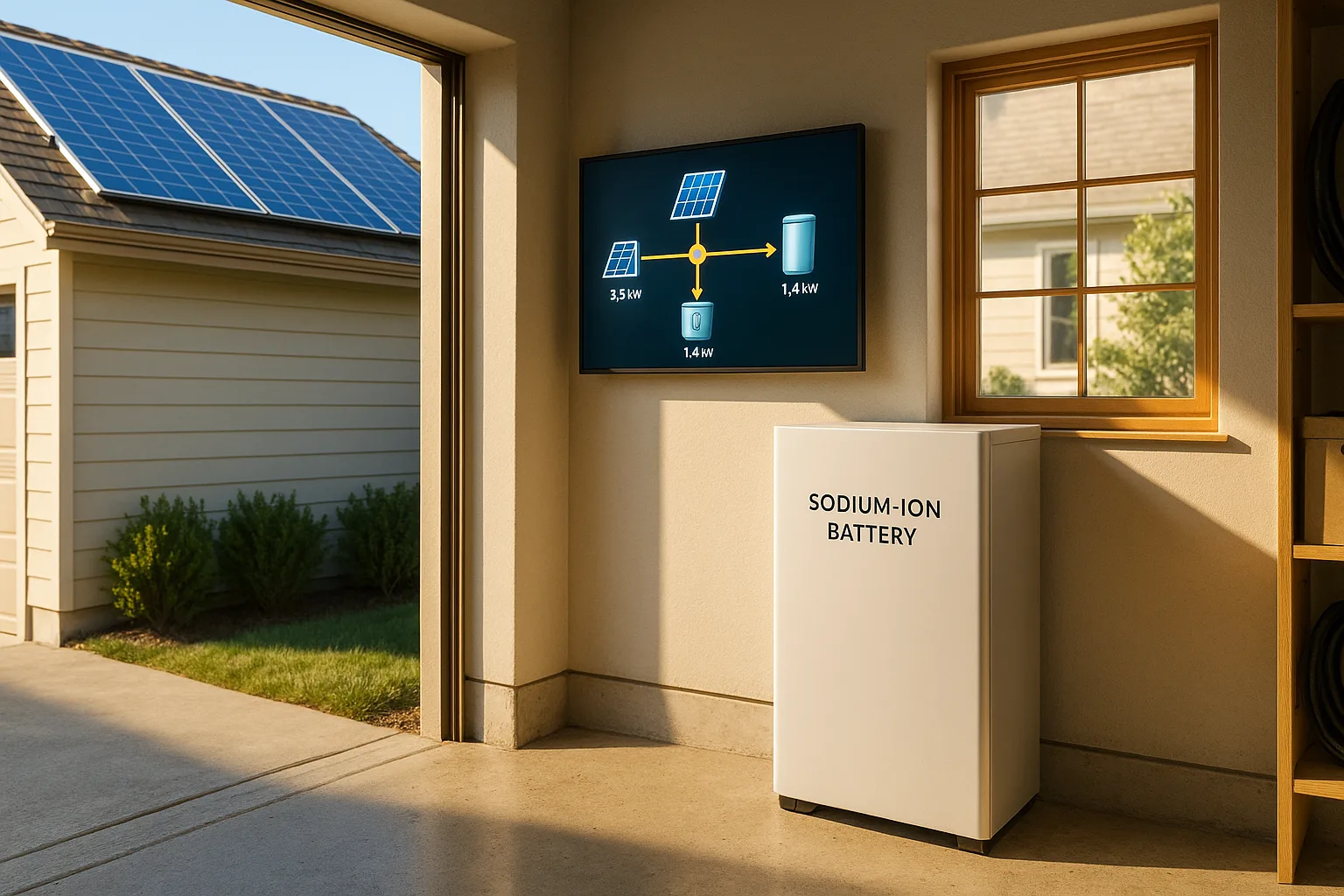
Sodium-Ion vs. LFP for Your Home
LFP is currently the dominant chemistry for home batteries due to its safety and longevity compared to higher-energy lithium types. Sodium-ion offers a compelling alternative profile:
| Feature | Sodium-Ion (Na-ion) | LFP (LiFePO4) |
|---|---|---|
| Safety | Excellent (No thermal runaway risk) | Excellent |
| Lifespan | Excellent (4,000 – 10,000+ cycles) | Excellent (3,000 – 8,000+ cycles) |
| Temperature Range | Excellent (-40°C to +70°C possible) | Good (-20°C to +60°C typical) |
| Cost | Potentially Lower (Abundant materials) | Good (Mature tech, falling prices) |
| Energy Density | Good (Slightly lower currently) | Good |
| Efficiency | Good (~92%) | Good (~95%) |
For a home system, where the battery might be in a garage experiencing temperature swings, sodium-ion’s wider operating range is a significant advantage. Its inherent safety and the promise of lower costs (as production scales) make it a technology homeowners should watch closely.
What are the current market and stock trends for sodium-ion batteries?
The buzz around sodium-ion is translating into significant market growth4 projections and investment activity5.
The sodium-ion battery market is projected to grow rapidly, potentially reaching over $2 billion by 2030, driven by EV and energy storage demand. Major players like CATL and BYD are investing heavily. Stock trends involve these manufacturers and potentially raw material suppliers.
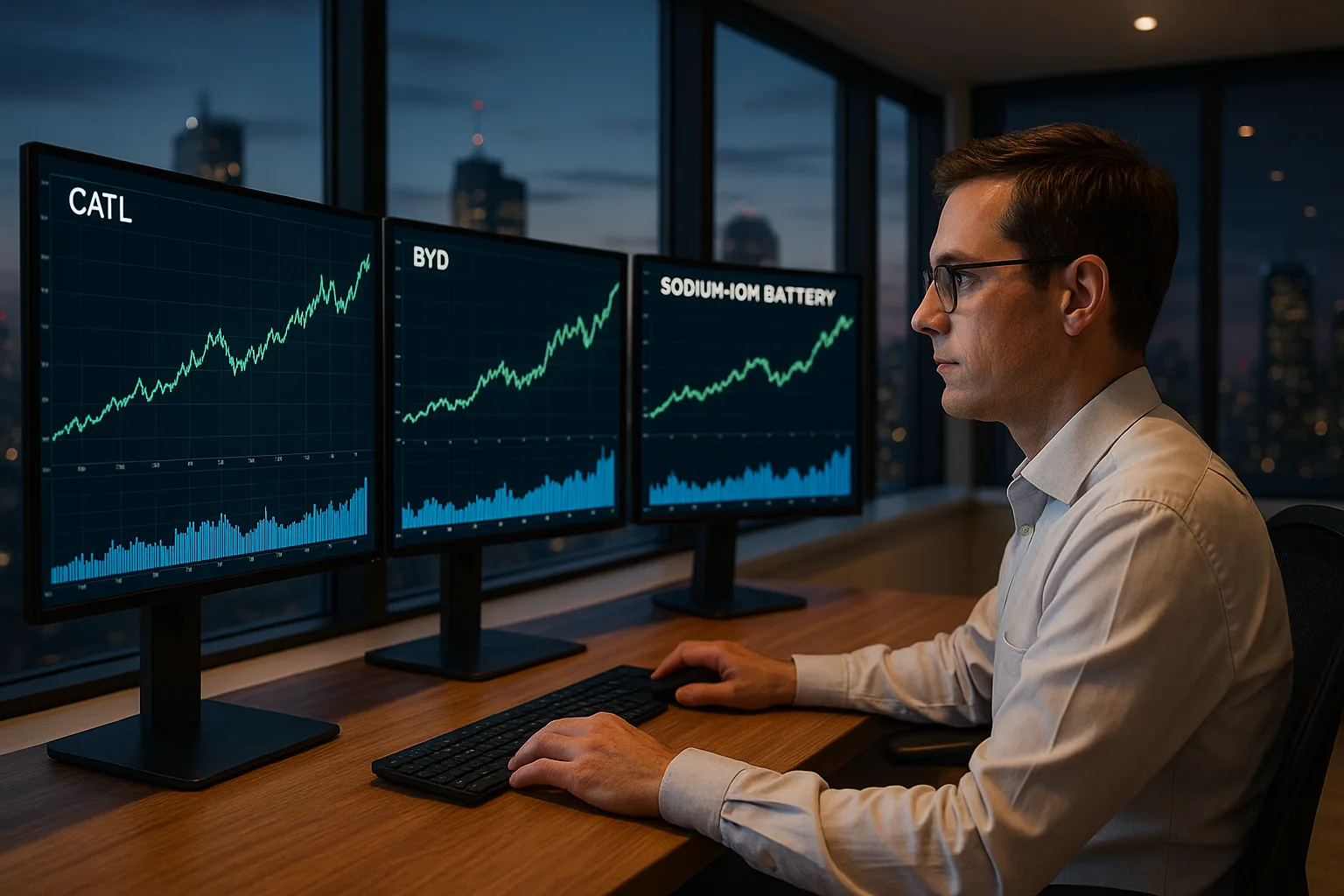
Market Growth and Key Players
- Market Size: Forecasts vary, but most predict exponential growth. MarketsandMarkets projects $2.01 billion by 2030 (24.7% CAGR), while Fortune Business Insights sees $6.25 billion by 2032 (19.24% CAGR). The primary drivers are stationary energy storage and low-cost electric vehicles.
- Major Investments:
- CATL: Leading with Naxtra production and Gen 2 development.
- BYD: Building a massive 30 GWh sodium-ion factory in China.
- HiNa Battery Technology: One of the pioneers, supplying batteries for early EV adopters.
- Northvolt (Sweden): Developing sodium-ion cells for European markets.
- Altris (Sweden): Focused on novel cathode materials.
- Stock Implications: While direct "sodium-ion pure play" stocks are rare (many key players are large, diversified companies), the trend impacts stocks related to:
- Battery Manufacturers: CATL, BYD, potentially others entering the space.
- Raw Materials: Companies involved in soda ash (sodium carbonate) production might see increased demand, although sodium is so abundant this impact might be limited compared to lithium mining stocks.
- Component Suppliers: Companies making separators, electrolytes, or specialized anode materials (like hard carbon) relevant to sodium-ion.
The trend signifies a diversification of the battery supply chain6 away from solely lithium-dependent chemistries.
What is the overview of iron salt battery technology?
Beyond lithium and sodium, researchers are exploring other abundant materials. Iron is a particularly interesting candidate due to its extremely low cost.
"Iron salt battery" usually refers to emerging technologies using iron compounds, often in liquid electrolytes (like flow batteries) or experimental solid-state designs. The primary goal is creating very low-cost, safe, and long-lasting batteries, mainly for grid-scale energy storage.
%[Researcher examining iron salt flow battery setup with transparent electrolyte tanks containing red-orange Fe²⁺/Fe³⁺ liquid solution.](https://jundabattery.com/wp-content/uploads/2025/10/battery-Technology-1.webp”Iron Salt Flow Battery Experiment – Fe²⁺/Fe³⁺ Electrolyte Reaction Setup")
Iron Flow Batteries and Beyond
It is important to distinguish this from LFP (Lithium Iron Phosphate), which is a lithium-ion battery. True "iron salt" batteries typically do not rely on lithium.
- Iron Redox Flow Batteries7 (IRFB): This is the most common type referred to as an "iron salt battery."
- How it Works: Stores energy in liquid electrolytes containing dissolved iron salts (like iron chloride). Iron changes its oxidation state (Fe²⁺ ↔ Fe³⁺) during charge/discharge. Iron plating/stripping (Fe²⁺ ↔ Fe⁰) might occur at the negative electrode.
- Pros: Uses incredibly cheap and abundant materials (iron, salt, water). Very safe (water-based electrolyte is non-flammable). Highly scalable for very large grid storage. Long lifespan.
- Cons: Very low energy density (bulky). Lower efficiency compared to lithium-ion. Technology is less mature.
- Companies: ESS Inc. is a notable player commercializing iron flow batteries.
- Other Iron Chemistries: Research exists on iron-air batteries or solid-state iron batteries, but these are generally at a much earlier stage of development than iron flow batteries or sodium-ion batteries8.
Iron salt technology, particularly flow batteries, targets long-duration (many hours) grid storage where low cost and safety are paramount, and the physical size is less of a constraint.
Conclusion
The battery landscape is evolving rapidly. While lithium-ion remains dominant, sodium-ion technology, spearheaded by giants like CATL, is poised for significant growth due to its cost, safety, and performance advantages in key areas. Iron-based chemistries offer further potential for ultra-low-cost grid storage, highlighting a future with diverse battery solutions.
-
Learn about CATL’s Naxtra battery, its energy density, cycle life, and safety certifications, which are setting new industry standards. ↩
-
Understanding energy density is key to evaluating battery performance and efficiency, especially in electric vehicles. ↩
-
Cycle life is crucial for battery longevity and performance; discover how it impacts overall battery value. ↩
-
Stay informed on the market trends and growth projections for sodium-ion batteries, a key player in energy storage. ↩
-
Discover the major investments driving the sodium-ion battery market and the companies leading the charge. ↩
-
Understand the shifts in the battery supply chain as new technologies like sodium-ion emerge, impacting the industry. ↩
-
Learn about the mechanics and benefits of Iron Redox Flow Batteries, a promising technology for grid storage. ↩
-
Explore the advantages of sodium-ion batteries, including safety, cost, and performance, which are crucial for future energy solutions. ↩

